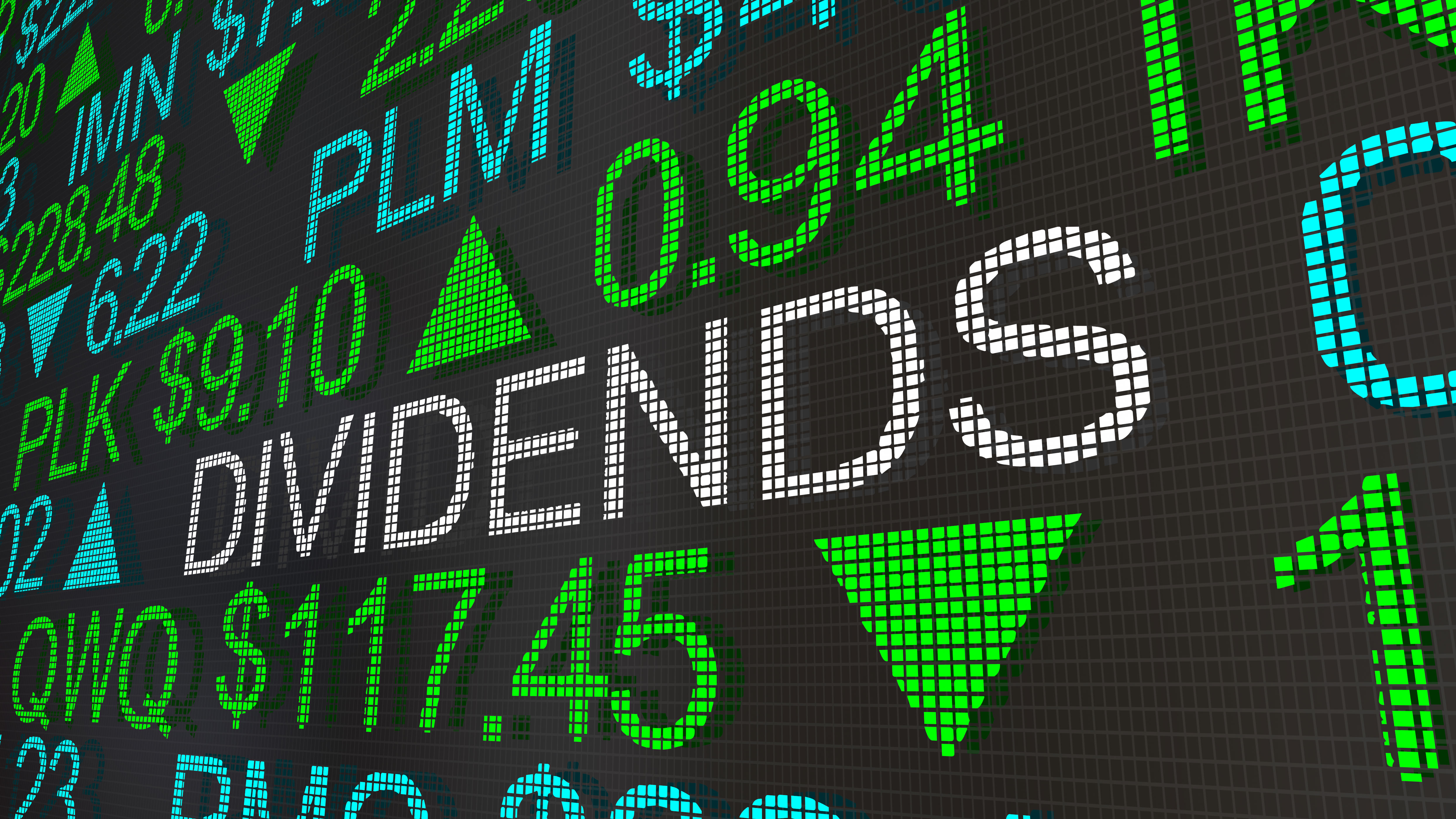What the future of dividends means for investing
SPONSORED CONTENT - Facing the new challenge for income investors.

It’s not hard to understand why so many income-oriented investors are feeling disillusioned at the moment. Big companies, from oil major Royal Dutch Shell to telecoms group BT, have been cutting dividend payouts that were once viewed – in the pre-coronavirus days – as being relatively secure. So does the current dividend crisis undermine the whole logic for investing for an income through dividends?
It’s fair to describe the Covid-19 crisis as the perfect storm for dividend-focused investors. The pandemic is hitting dividend-paying businesses from all directions. Many of the most generous dividend payers are in the banking sector and insurance. Both have been ordered by the regulators to stop dividend payouts and to strengthen their balance sheets.
To add insult to injury, any government bailouts are likely to come with strings attached – one of which may be to cut future dividends.
MoneyWeek
Subscribe to MoneyWeek today and get your first six magazine issues absolutely FREE

Sign up to Money Morning
Don't miss the latest investment and personal finances news, market analysis, plus money-saving tips with our free twice-daily newsletter
Don't miss the latest investment and personal finances news, market analysis, plus money-saving tips with our free twice-daily newsletter
The future looks bleak for dividends
One way of capturing investors’ concerns is to look at the somewhat arcane market for “dividend futures”. Put simply, these markets allow traders to bet on what the likely payout from dividends across a given stockmarket will be for a future period, starting with the present year. While the estimates will never be perfect, it’s sobering to realise that futures traders now expect to see a 50% decline in 2020 dividends in Europe versus a 20% decline in the US.
Looking at the first four months of 2020 versus 2019 data from Bloomberg, we can see that businesses in mainland Europe, tracked by the Stoxx 50 index, have already cut their dividends by 39%. The equivalent for the FTSE 100 by the end of April, was a 17% cut. And dividend futures suggest that the decline will get even worse.
Nevertheless, despite all this potential for doom and gloom, it’s important to put this crisis into a longer-term perspective. The first key point is that earnings have fallen in previous crises, without dividends falling as far as had been expected. And even when they did fall, they subsequently rebounded. Nobel prize-winning economist Robert Shiller looked at previous peak-to-trough declines in dividends per share, stretching from November 1973 through May 2009. In the global financial crisis, US earnings per share fell by 92% (peak to trough) while dividends fell only 24%. Likewise, in the dotcom crisis, earnings fell by 54% and dividends only 6%.
Remember – it’s total returns that matter
It’s also important not to fixate on dividends. Economists observe that there are four components to total returns from investing in shares. The first is the absolute dividend pay-out itself. Secondly, this can then be reinvested into buying more shares. The dividend also has a tendency to grow over time, usually by more than the inflation rate, as many companies chose to focus on progressively increasing the payout. Lastly, the share price itself can go up or down based on investors’ perceptions of future growth.
Many of the most successful technology companies pay no dividend at all (Amazon for instance) and choose to use their cash flow to grow sales. As a result, investors might chase these “growth” stocks, pushing up valuations even without a dividend. Arguably, much of the recent recovery in US stocks is being driven by this momentum towards “growth” stocks, where dividends are next to non-existent.
A focus just on dividends and more specifically just on those companies that pay a high yield might be self-defeating. Analysts at French bank Societe Generale have consistently found that a pure high dividend yield strategy underperforms most other strategies, largely because it means investing in “value traps” – cheap stocks that pay a high initial yield but don’t have the financial strength to carry on paying out. Their analysis, along with that of others such as US researchers Ned Davis Research, suggests a better strategy is to focus on either those businesses that pay a sensible lower yield (4% or more) and have a strong balance sheet; or to find firms with even lower initial yields or no payouts at all, but where dividends might start to grow substantially in the future. Dividends can be a sign of a focused, efficient firm – but arguably it’s better to redirect your attention to quality businesses with a thriving business position that are throwing off cash at a growing rate. If they happen to pay dividends, so much the better.
Discover more of the latest investment views and ideas from Liontrust’s experienced fund managers.
Get the latest financial news, insights and expert analysis from our award-winning MoneyWeek team, to help you understand what really matters when it comes to your finances.
MoneyWeek is written by a team of experienced and award-winning journalists, plus expert columnists. As well as daily digital news and features, MoneyWeek also publishes a weekly magazine, covering investing and personal finance. From share tips, pensions, gold to practical investment tips - we provide a round-up to help you make money and keep it.
-
 The shape of yields to come
The shape of yields to comeCentral banks are likely to buy up short-term bonds to keep debt costs down for governments
-
 The sad decline of investment clubs – and what comes next
The sad decline of investment clubs – and what comes nextOpinion Financial regulation and rising costs are killing off investment clubs that once used to be an enjoyable hobby, says David Prosser

